Is a Home Elevator a Good Solution for Aging in Place in a Two-Story Home?
Topic:
Aging in Place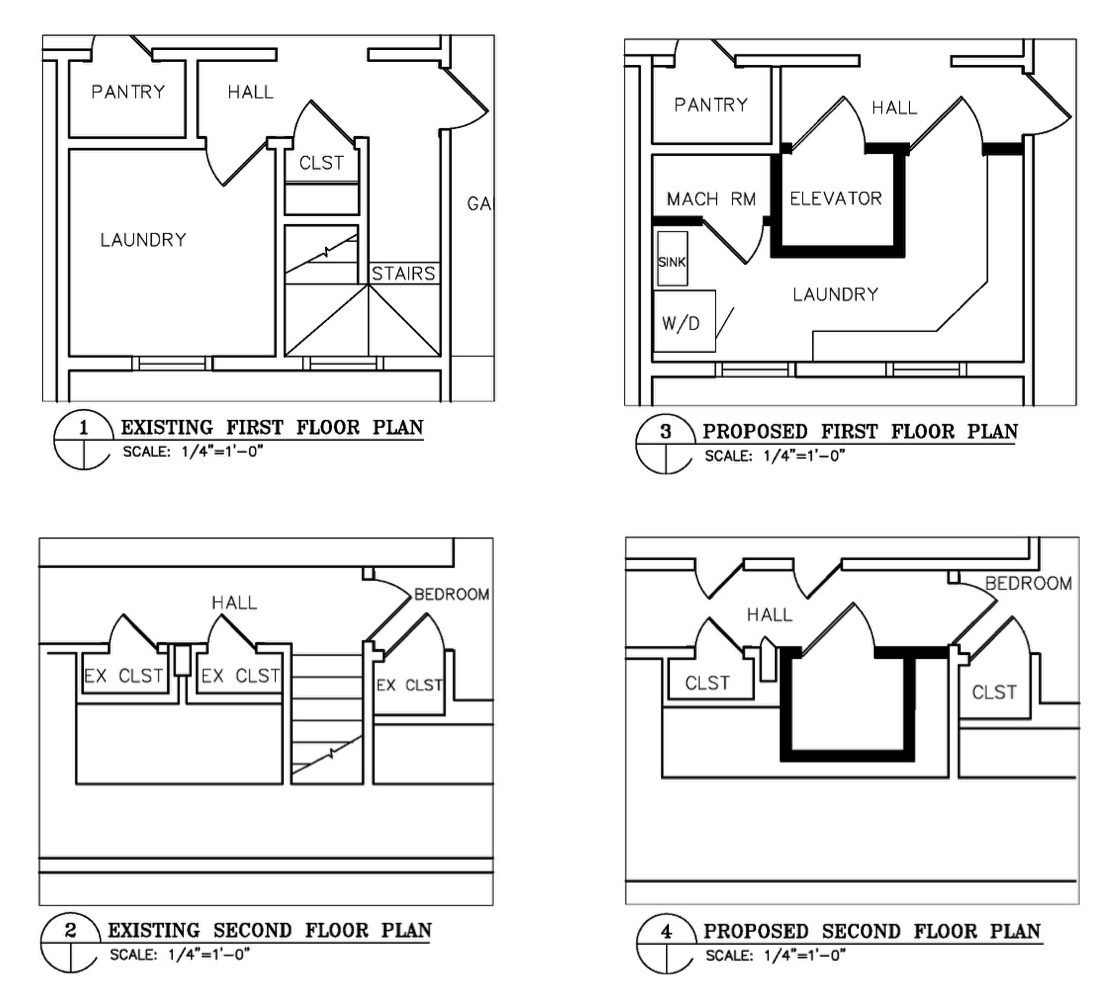
That old two-story home of yours holds a lot of great memories. But you aren’t getting any younger. Looking toward the future, a home elevator is starting to sound like an option with a lot of potential.
Many conversations around remodeling for safely aging in place center around single-level living. But those who live in two-story homes are used to having access to all floors and may not wish to give up that access. A home elevator can be an elegant solution, but that elegance comes with a sizable price tag. Yet, having full access to the entire home as you age is hard to put a dollar figure on, and if the value of the home and the desirability of the neighborhood are in line, the investment can make sense in the long run.
What Are the Options for Safely Aging in Place in a Two-Story Home?
A couple in their late 70’s came to us some time ago. One of them was having trouble going downstairs. It was clear the situation would not improve as time passed, so it was time to make some changes to their home. We started by helping them explore their options.
Do you need to get to the second floor regularly? To achieve a single-floor living solution, we would recommend either converting space on the main floor to a primary suite or building an addition. Guests could use upstairs rooms, but day-to-day life would happen on the main floor.
But this couple preferred to maintain access to the first and second floors. These first-floor living options were not practical or desirable in this situation.
So how could we help them?
Options for Accessing the Second Floor in a Two-story Home
There is more than one way to create access to the second floor. A stairlift can be installed, at much less expense than an elevator. This is a utilitarian solution that gets you up and down the stairs safely. The downside is that they are not very attractive, and leave some users feeling self-conscious about their mobility challenges.
The couple in their 70s was looking for something more appealing than a stair lift. An elevator is a convenience that allows the activities of daily life to continue as before.
“Let’s see if an elevator is possible in our home,” the couple told us. So we kept exploring, to see how an elevator would fit into their home and their budget.

Is a Home Elevator Practical in Your Situation?
One might ask, “Why shouldn’t a nice two-story home in a great neighborhood have an elevator?” There are a few considerations here.
Do We Have Room for a Home Elevator?
There must be adequate interior space to accommodate an elevator including clearances above and below the shaft. Otherwise, it would need to be built on the exterior. Building onto the exterior is the more costly option, and will need to blend aesthetically with the home.
Finding the ideal location for an elevator most often involves tradeoffs in terms of convenience and aesthetics.
Will an Elevator be a Good Return on Investment?
The expenses of purchasing the elevator itself, installing the shaft, and the required alterations to the home can quickly add up. Is all of this worth the investment? The good news is that, for a high-value home in a great metro Washington DC neighborhood, the investment can be money well spent.
Let’s say you live in a well-designed traditional home with a good floor plan in a desirable neighborhood. When it comes time to sell, a young family looking in this neighborhood would love this house. Based on rising DC area property values, if or when you sell, that investment can be recouped.
Is a Home Elevator Right for Us?
Although there are different aging-in-place strategies like first-floor primary suite additions and kitchen and bath upgrades, installing a home elevator requires an extra level of forethought and planning. Beautiful and unobtrusive is the goal of the design of a home elevator. While the cost is significant, the benefits of continued independence and mobility can outweigh concerns about price.
A remodeling partner who understands the costs and benefits of this and other aging-in-place renovation strategies can guide the way to the best decision.
To learn more about remodeling for aging in place and the design-build process, download our eBook titled "Homeowner's Remodeling Guide To Age In Place With Style, Comfort And Safety" to get an in-depth understanding. If you are considering a home renovation, please feel free to schedule a home renovation discovery session with Gilday today.
8820 Brookville Road,
Silver Spring, MD 20910
© Gilday Renovations 2025
info@gilday.com

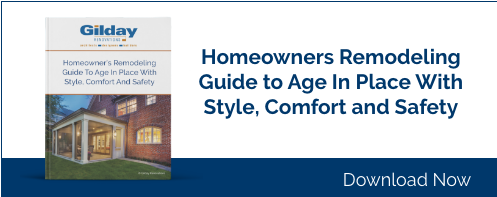
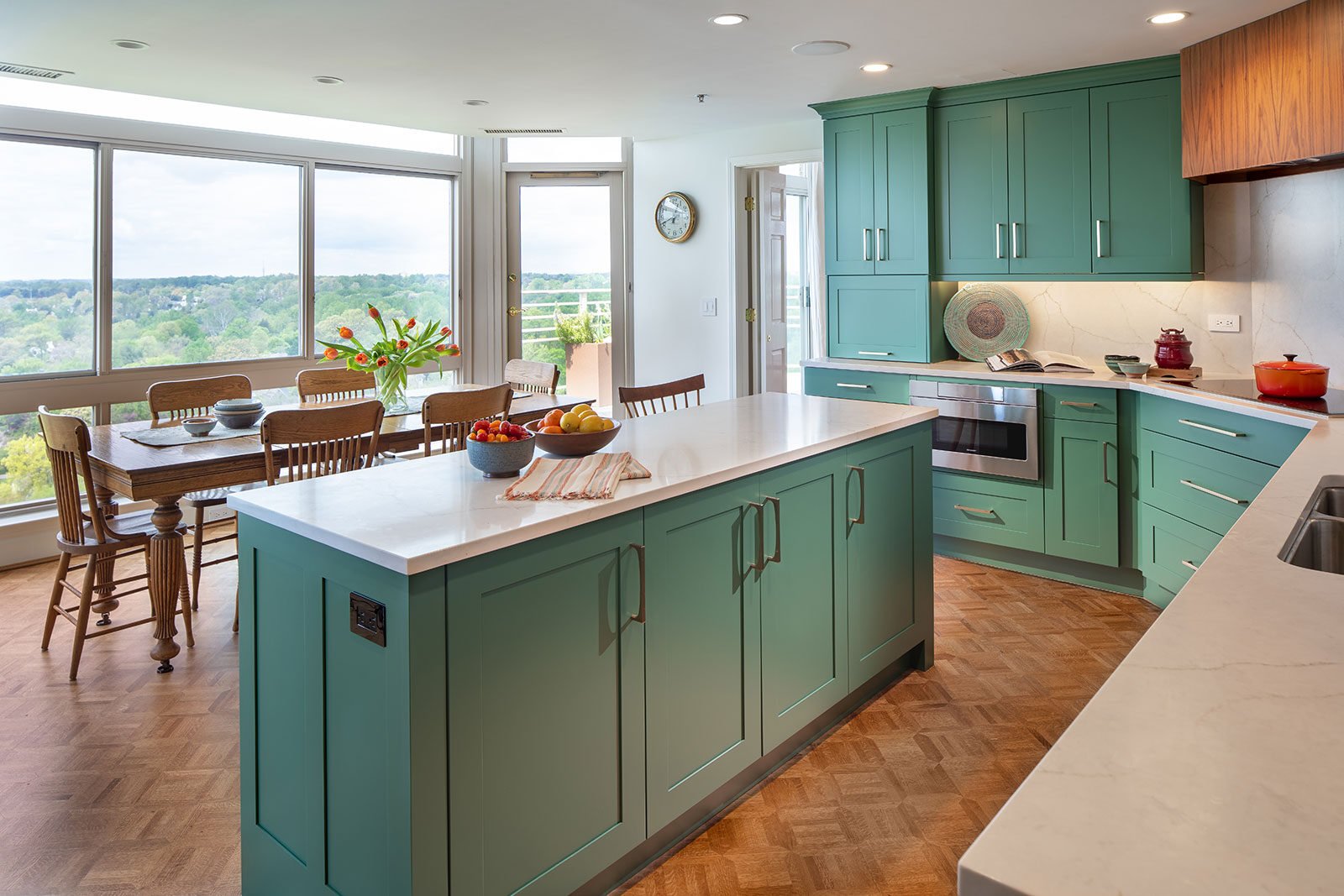

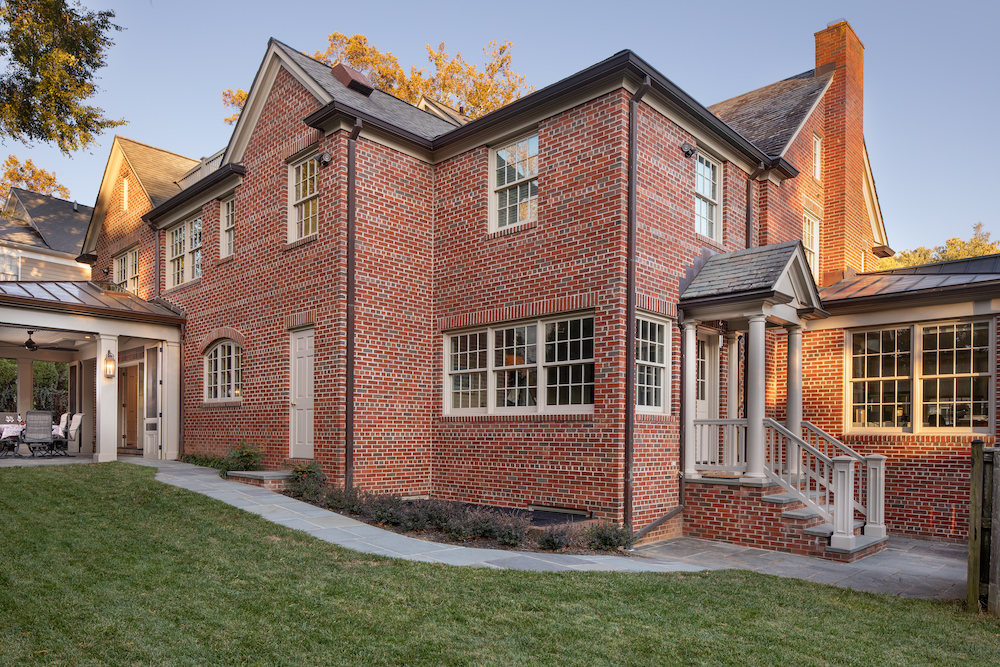

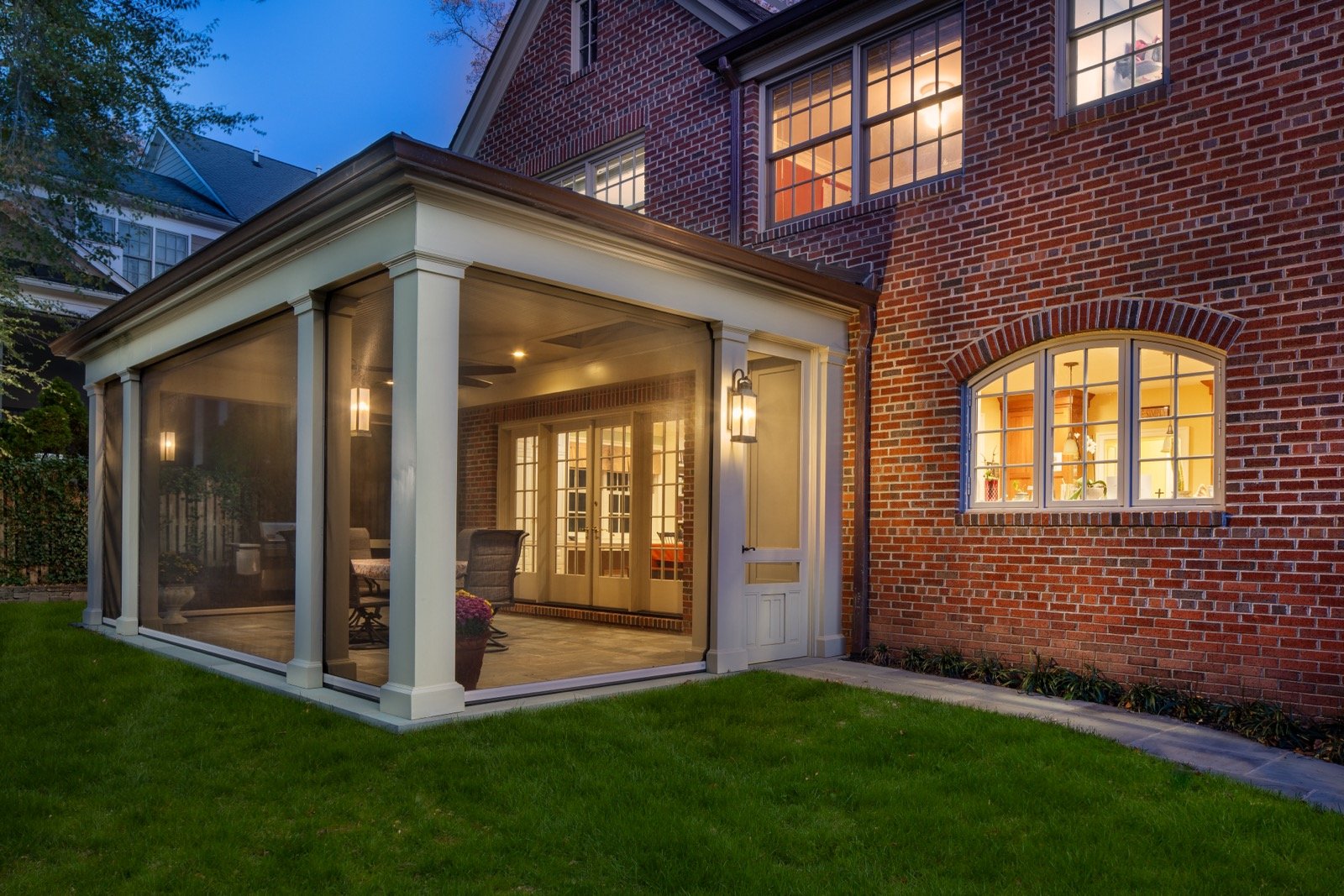
Leave a comment